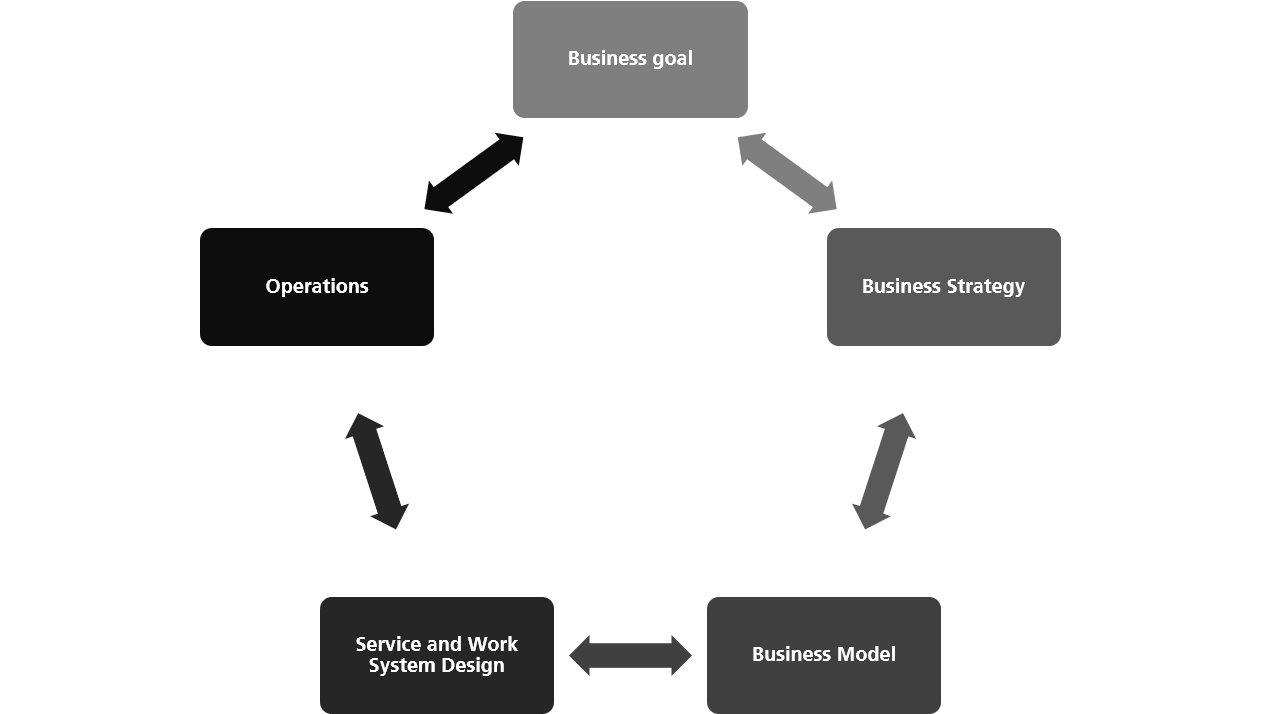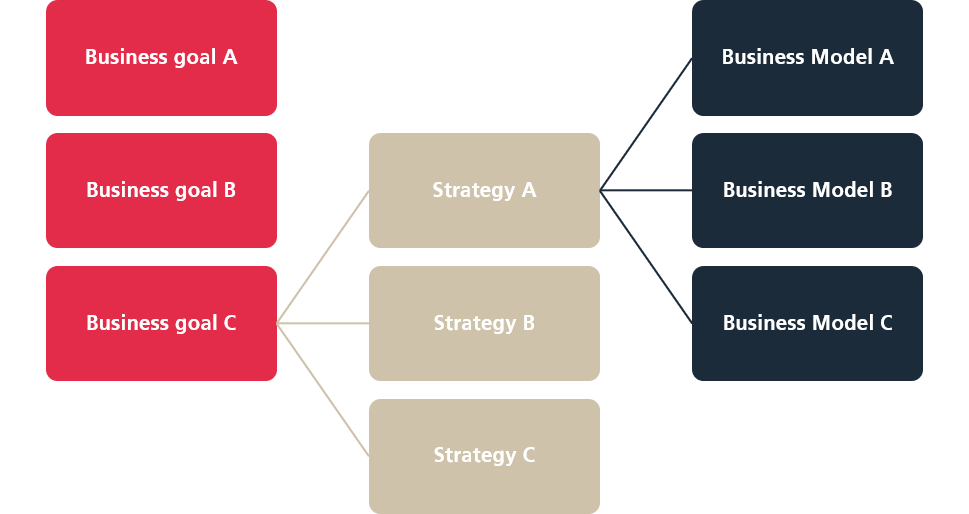Digitalization and digital transformation are now a bullet point on the strategic agenda of most companies and organizations. The pharma manufacturing industry is no exception. To stay and become more competitive, many feel the pressure to have a digital strategy and start digital transformation as soon as possible.
In many ways, this pressure is a good thing. Indeed, new digital technologies are enabling the development of new products, services, and solutions that could benefit customers, shareholders as well as company employees.
However, in a sea of possibilities, with many new digital technologies and solutions to choose from, developing and executing such a strategy can be overwhelming. Therefore, it is essential to a) define the rationale for a digital strategy, b) link it to a measurable goal, and c) understand how it cascades through the decision-making layers of the organization.
In general, there are five different elements an organization must consider when they start a digital transformation initiative:
- Business goal
- Business strategy
- Business model
- Service and work system design
- Daily operations
Figure 1 shows a model highlighting the relationship between these five aspects.

1 Business goal
Definition: What the organization wants to achieve and which specific and measurable objectives they need to fulfill.
Having a measurable goal for an organization sets a precedent for developing the four remaining aspects of the model shown in figure 1. An example of a measurable business goal could be a manufacturing company wanting to increase its profits (goal) by 10% within two years.
2 Business strategy
Definition: The business strategy is how an organization will achieve its defined goals.
Continuing with the previous example, when a company has defined its goals, it can choose many paths to reach them. This could be, for example, a digitalization strategy focusing on digital transformation and the implementation of new digital technologies.
However, such a strategy would also include and have many different elements. E.g., the company could focus on using new digital technologies and capabilities to improve its services for its customers, develop a new business model, or improve and update its internal service and manufacturing processes. Of course, the path a company takes will have a significant impact on the next aspect - the company’s business model.
3 Business model
Definition: A business model aims at capturing a company's market segment, value proposition, value chain, cost structure and profit potential, value network, and competitive strategy.
If a company chooses to develop a digital strategy that focuses on its services and the value they provide for their customers, it may well be necessary to revise its business plan or create a new one. Business goal, Business Strategy, and Business model are highly dependent on each other and often only involve top organizational decision-makers relevant for stakeholders (executives, senior management, etc.).
Figure 2 shows an example of the decision-making processes. In the first step, the company should choose its business goal(s). Each goal enables a set of different strategies the company can then apply to achieve its goal. Thus, in the second step, the company chooses the strategy that fits with its goal. Similarly, in the third step, the company can select a business model(s) that fits with its chosen strategy.
Figure 2 – Example of going from a business goal to a business model

4 Service and work system design
Definition: A service system consists of elements (e.g. people, facilities, tools, and computer programs) that have a structure (i.e. an organization), a behavior (possibly described as a process), and a purpose.
A work system is a system where human participants and/or machines perform work using information, technology, and other resources to produce products and/or services for internal or external customers
The chosen business strategy and business model could have a significant impact and change the company's service and work systems. This impact is especially apparent in the case of digital transformation and digitalization strategies.
If a strategy and/or business model include new digital technologies and capabilities, they will undoubtedly affect the company’s service and work systems. Servitization is a relevant example to illustrate how the decisions related to the previous aspect can potentially change a company’s service and work systems. If a company wants to focus on servitization, it will need to (re)design the services it provides to reevaluate its business model. Any changes in services will trigger changes in existing work systems and possibly lead to the creation of new ones.
5 Daily operations
Definition: Operations is how an organization manages its day-to-day work and processes.
How an organization operates is highly dependent on how they have designed their service and work systems. The design of these systems will have a significant impact on both human well-being and overall system performance. This is especially relevant with digitalization, since, in most cases, workers on the lower organizational layer will use and work with the new digital technologies on a daily basis.
In conclusion
Digital transformation is a journey with many uncertainties and risks. Before defining a digitalization strategy, companies and organizations should establish measurable strategic goals for what they wish to achieve. Furthermore, to get the most out of a digital transformation initiative, it is essential to gain a coherent and holistic understanding of how a chosen strategy will affect the company’s business model, service and work systems, as well as daily operations. Such an understanding and operational due diligence could ease the transition and help to mitigate unnecessary risks and increase the success rate of digitalization initiatives.




